Description
An environmental application for rubberized asphalt binders: saving energy by incorporating warm mix asphalt additives
Ana María Rodríguez-Alloza, Juan Gallego, Felice Giuliani, Fernando Varela Soto
ABSTRACT. Due to a growing concern over global warming, environmental protection, energy conservation and sustainable development, the use of rubber in asphalt mixtures and the Warm Mix Asphalt (WMA) technology are both important research topics in the field of road pavement materials.
Recycling of scrap tires and incorporating rubber in the binders for asphalt mixtures saves natural resources and energy while the performance of these mixtures is improved: resistance to rutting and cracking is increased and maintenance costs and traffic noise are reduced. However, as the rubber lends greater viscosity to the binder, the production temperatures of rubberized asphalt mixtures are higher compared to conventional ones. But if the WMA technology is incorporated to the rubberized asphalt mixtures, compaction and placement temperatures could be reduced and, therefore, a lower energy consumption and greenhouse gas emissions (GHG) will be achieved.
It is known that in the case rubberized asphalt binders the influence of the WMA additives has yet to be investigated thoroughly and clearly identified. In this study the influence of two different types of WMA organic additives has been analysed in order to determine their influence on the properties of rubberized asphalt binders. To attain a wide characterization of the viscoelastic properties of the binders several tests were performed with a Dynamic Shear Rheometer (DSR) and a Bending Beam Rheometer (BBR).
The results of this study indicated that the additives slightly increased the stiffness at low temperatures and that at high temperatures the resistance to permanent deformation is considerably improved as well as the elasticity. Therefore, asphalt rubber mixtures incorporating the WMA additives studied might be appropriate for countries with warm climates.
KEYWORDS: rubber, rubberized asphalt binder, warm mix asphalt, additive, rheology, binder properties, complex modulus, phase angle

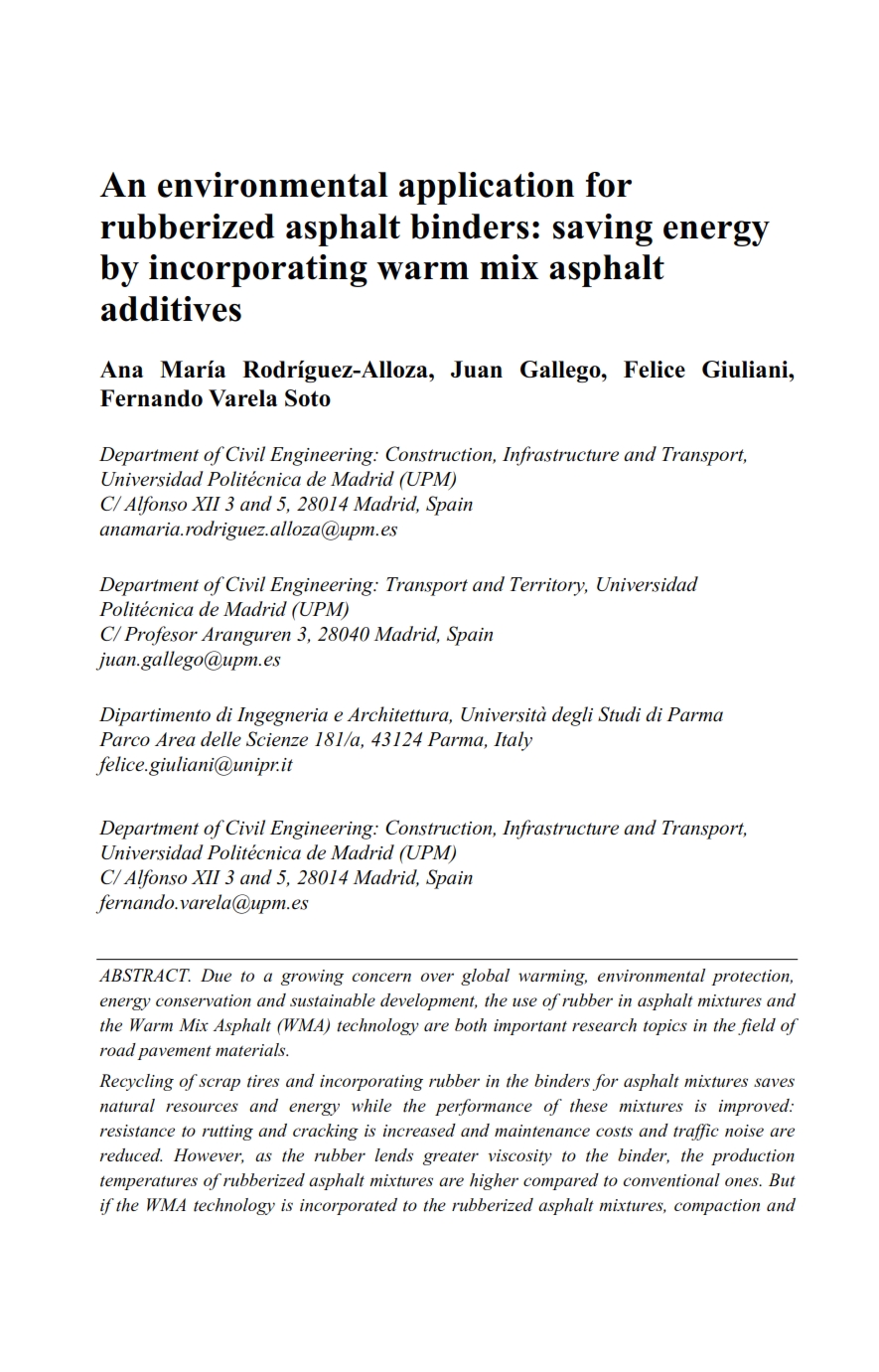
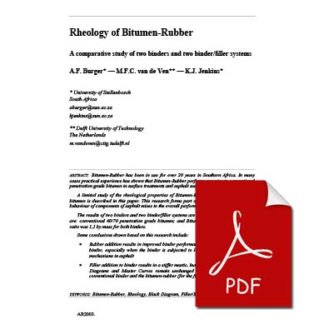
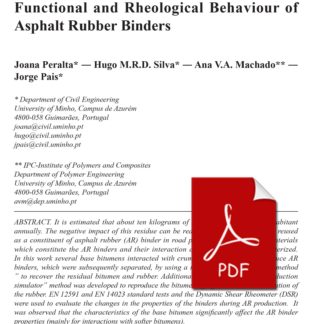
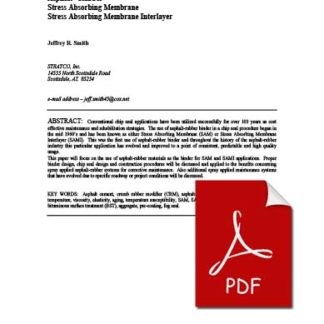


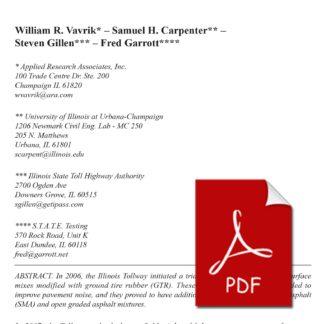
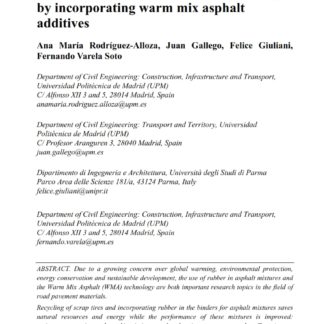
Reviews
There are no reviews yet.